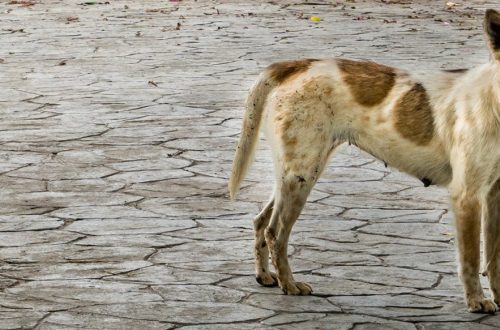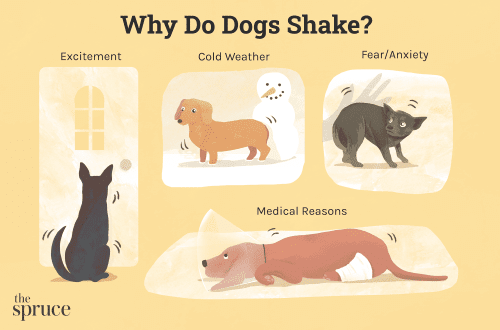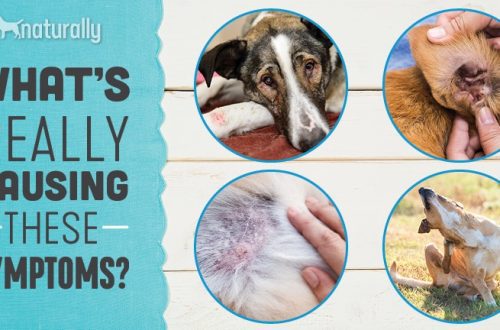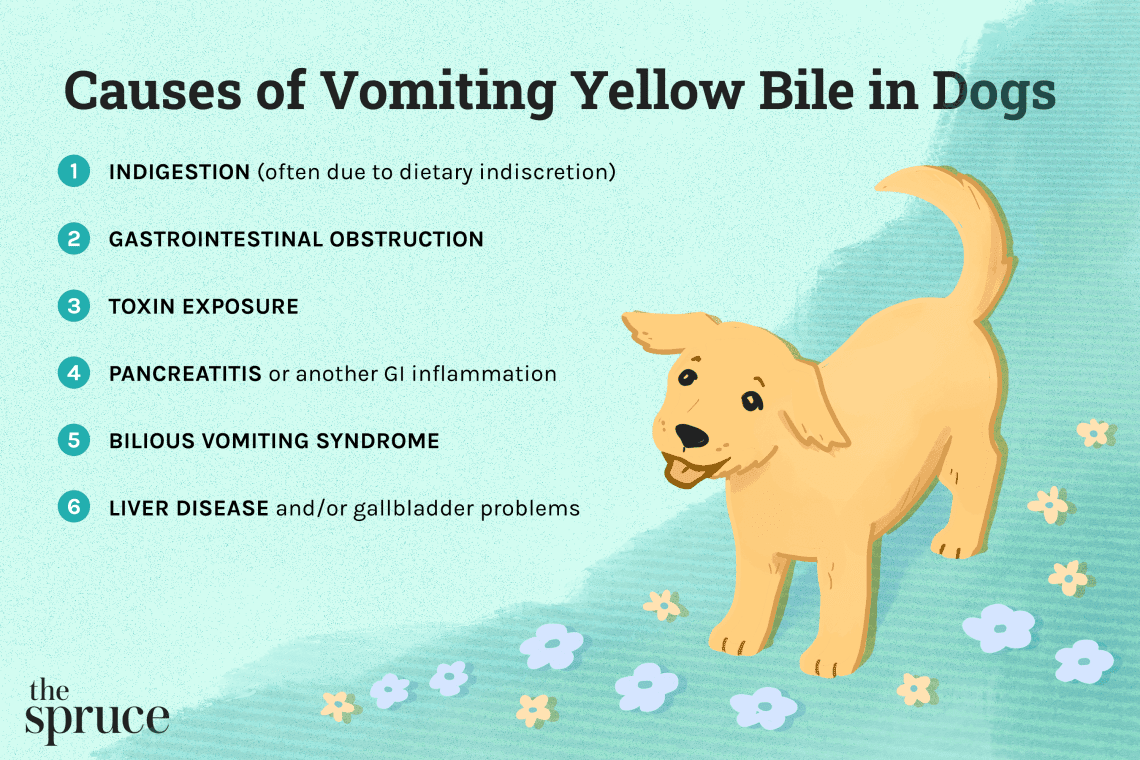
The dog vomits bile or yellow foam – what to do?
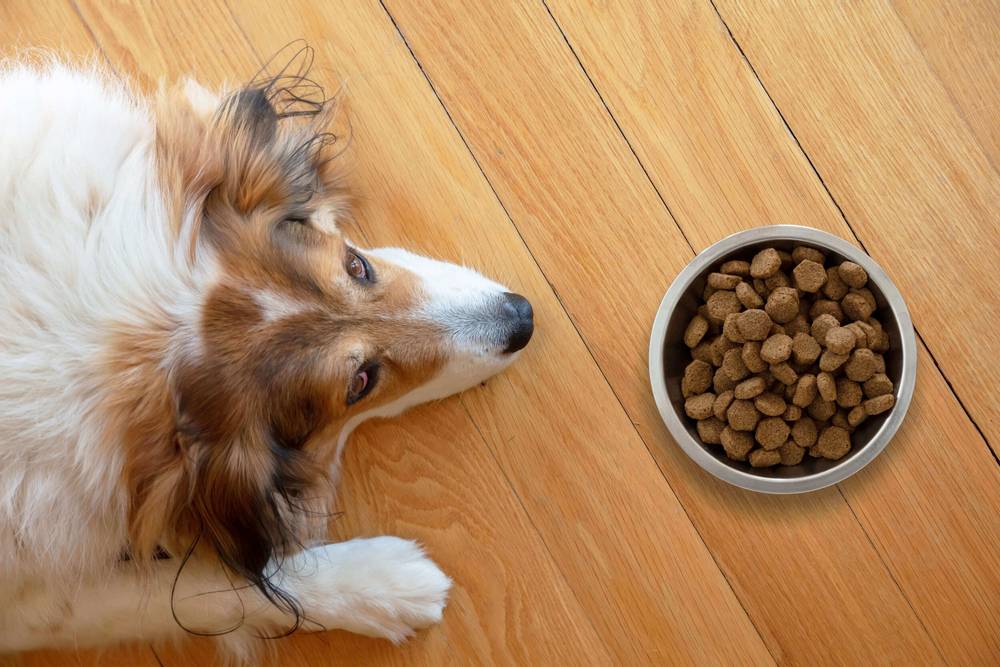
Contents
Yellow Vomiting in Dogs: The Essentials
- If the dog vomits bile, she refuses to eat and does not even eat her favorite treats, an urgent need to see a doctor;
- Yellow color is given to vomiting by bile, gastric juice or the remnants of undigested food;
- The most common causes of vomiting in dogs are gastrointestinal diseases, intestinal obstruction, feeding errors;
- Before seeing a doctor, it is worthwhile to provide the pet with peace, limit food for 1-2 hours. It is impossible to give drugs inside with acute vomiting;
- For prevention, follow three simple rules: a balanced diet, timely vaccinations and treatments for parasites.
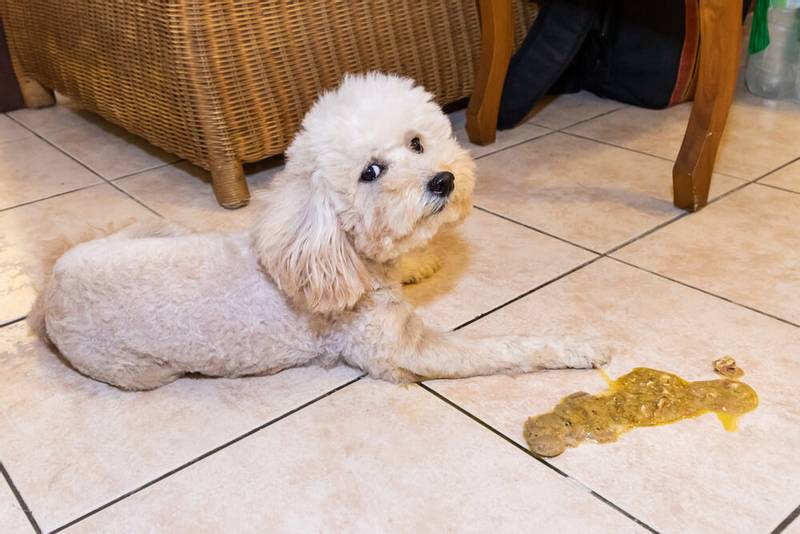
Causes of yellow vomit
Poisoning
A dog can get poisoned by something picked up on the street, chemicals, various medicines. In addition, dogs have a special interest in spoiled foods. A pet can find them on the street, in the trash, sometimes food can lie in a bowl for a long time and go bad. Dry food can become a victim of fungi and bacteria.
Symptoms depend on what poisoned the dog, the most common: vomiting and diarrhea, lethargy, shortness of breath, trembling, lack of coordination.
In the first 40 minutes from the moment of eating, you can drink enterosorbents. If there is a veterinary clinic nearby, then in the first hour after eating, the veterinarian can cause vomiting in the pet. If you know what exactly poisoned the dog, tell the doctor about it, perhaps there is a specific antidote. In addition, symptomatic therapy is used: antiemetics, painkillers, anticonvulsants, etc., as well as drip infusions to remove toxins from the blood.
Obstruction of the gastrointestinal tract
Often dogs vomit yellow foam due to intussusception, torsion of the stomach, swallowing stones, toys, rags and other objects.
Intussusception is a condition in which the intestine wraps itself up. This happens more often in young animals, because the wall of their intestines is still thin.
Gastric volvulus is a dangerous condition, large dogs are prone to it when overeating.
With obstruction, the dog spits up food, water, bile, yellow foam. All this is accompanied by salivation, acute pain, and sometimes bloating. The pet may try to eat and drink, but everything that he swallows will come out with vomiting after a while.
Treatment is almost always surgical, in rare cases it is possible to remove a foreign object with the help of laxatives and enemas.
Infections
Bacteria and viruses can also cause vomiting. Also there is diarrhea, loss of appetite, lethargy, high body temperature. Treatment depends on the specific disease. Antibiotics, antiemetics, drip infusions, diet, etc. are used.
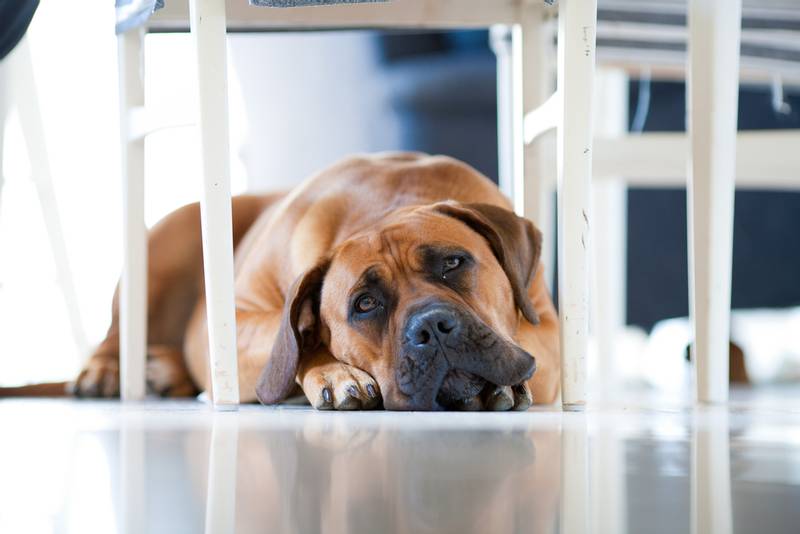
Invasions
This is a group of diseases, the cause of which is the ingestion of parasites into the body. With invasions, the dog periodically vomits with bile, diarrhea, mucus, blood and helminths in the feces may also appear. Animals lose weight despite a normal appetite. In acute lesions, there may be refusal to eat, lethargy, pain, bloating. For treatment, drugs are used to destroy parasites in combination with symptomatic therapy.
Diet Violation
When eating too fatty foods, smoked meats, an excess of spices, or with regular feeding from the table, vomiting in dogs occurs quite often.
Diarrhea also occurs, and if left untreated, the dog vomits bile even without food, there may be refusal to eat, lethargy, and abdominal pain.
If vomiting occurred once, then symptomatic therapy (antiemetics, antispasmodics, dietary modification) is sufficient. But if the diet is broken regularly, it leads to serious consequences. Groups of drugs will depend on what kind of disease caused this dog food.
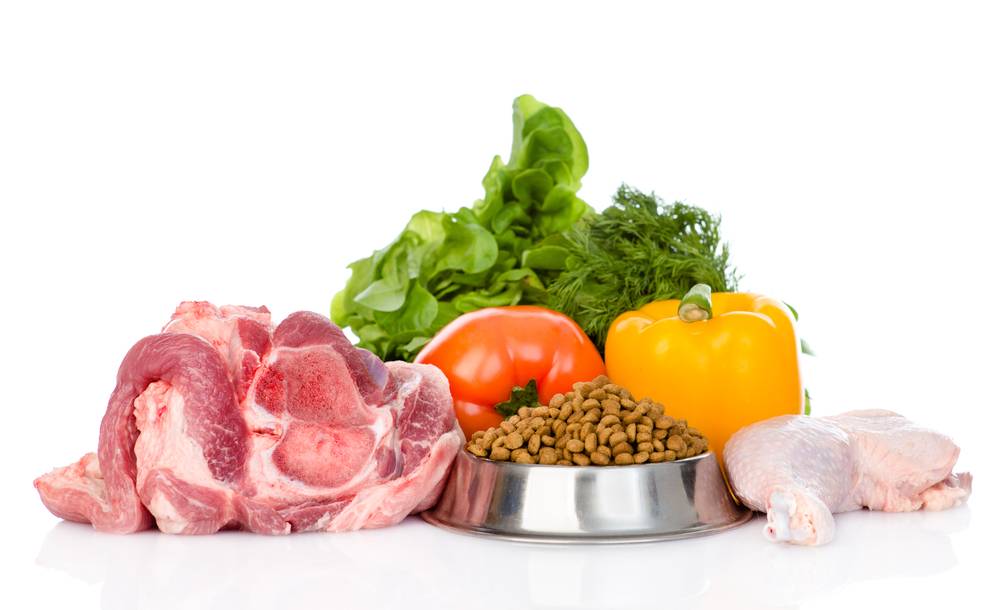
Non-communicable diseases of the stomach and intestines
Inflammation of the stomach and small intestine can occur due to stress, genetics, autoimmune processes, intolerance to certain foods.
The disease can be complicated by the occurrence of ulcers and erosions on the mucous membranes. In addition to vomiting, pain, diarrhea, refusal to eat often occur.
Treatment is with antiemetics, antacids (drugs that reduce stomach acid), a low-fat diet, and antibiotics. Autoimmune processes require the use of immunosuppressive therapy.
Diseases of the liver and gallbladder
Hepatitis, cholangitis, cholecystitis and other diseases of the hepatobiliary system are also manifested by vomiting.
As a rule, with these diseases, the dog throws up a yellow liquid with foam in the morning. The color of the stool also changes, it becomes lighter or completely white. There may be diarrhea, mucus in the feces, loss of appetite and pain in the right hypochondrium. In severe cases, the mucous membranes and skin take on an icteric (icteric) hue.
Treatment includes diet, hepatoprotectors, antispasmodics, antiemetics, antibiotics.
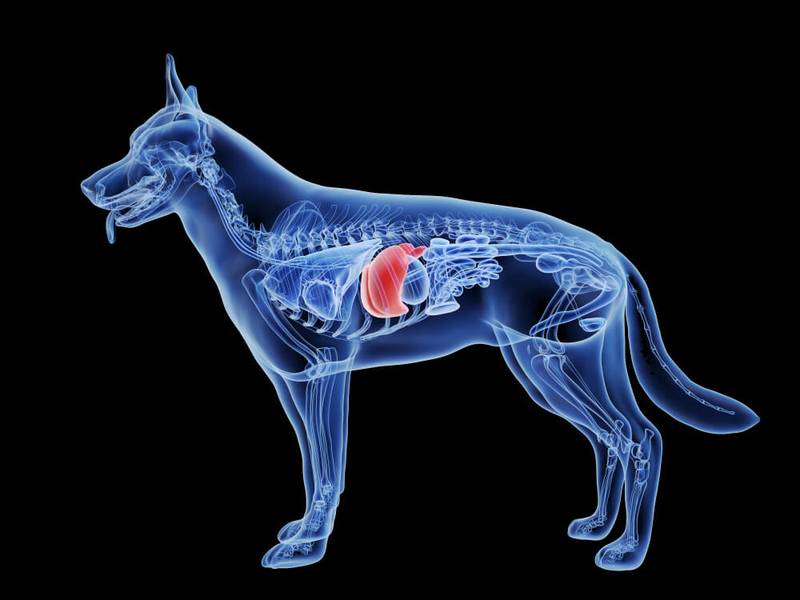
Tumors
Sometimes tumors affect the organs of the gastrointestinal tract or neighboring tissues. In addition to vomiting, there is weight loss with preserved appetite, diarrhea, perversion of appetite (licking walls, eating inedible objects). Treatment is almost always surgical. Radiation or chemotherapy may also be needed.
Diseases of the pancreas
Inflammation of the pancreas (pancreatitis) or its necrosis (death) is accompanied by periodic vomiting, acute abdominal pain, loss of appetite, diarrhea is possible. A common symptom is the strange posture of the dog, which is called the “praying dog posture”. In the early stages, antiemetics, diet, painkillers, drip infusions are used to help the pet. Necrosis may require surgery.
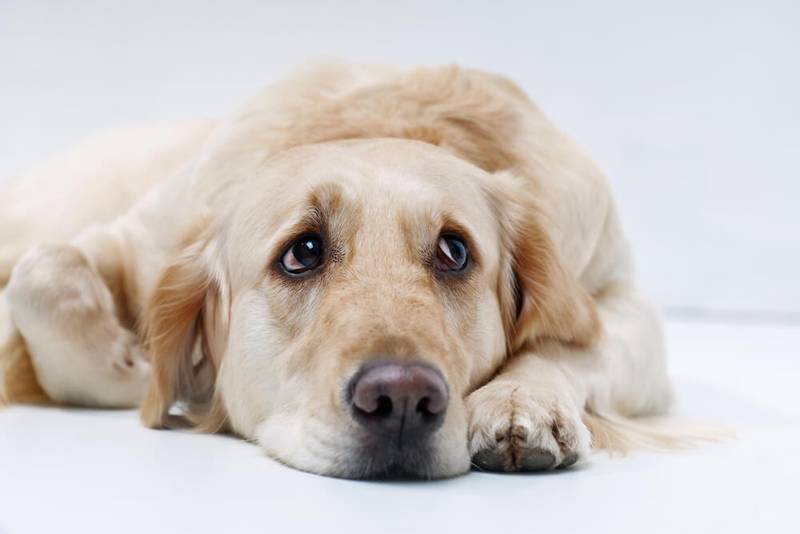
Endocrine pathologies
Vomiting can be a secondary symptom in hyperadrenocorticism (adrenal gland disease), diabetes. In addition to vomiting, thirst and appetite increase, the pet’s activity level changes, the skin becomes thinner, and skin lesions do not heal for a long time. Treatment includes symptomatic and hormonal (replacement) therapy.
Kidney
Kidney damage (nephritis, renal failure) is accompanied by general intoxication (azotemia) and often leads to uremic gastritis.
The first symptoms of kidney damage are lethargy, a change in thirst, an increase in urine volume, a decrease in appetite, and weight loss. During treatment, it is important to adjust the level of electrolytes and the pet’s drinking regimen (diet, droppers). Drugs are used to relieve symptoms that affect renal blood flow and blood pressure, as well as a diet low in phosphorus.
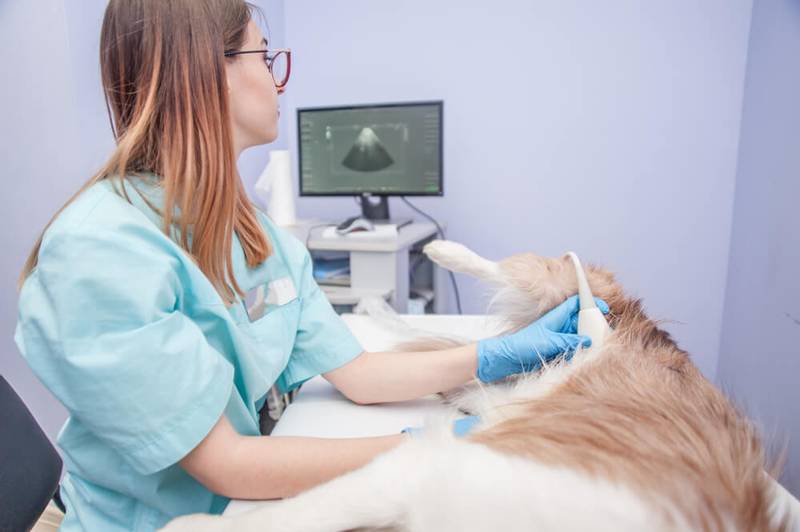
Heatstroke
Dogs have always had problems with heat transfer. Unlike humans, they don’t sweat. Wool protects them from the sun and heat, thermoregulation occurs due to breathing. At high temperatures, this may not be enough, which can lead to thermal shock. In addition to vomiting, diarrhea, unsteady gait or even fainting, rapid breathing, and redness of the mucous membranes often occur. Treatment consists of cooling the pet to its normal temperature and replenishing fluid deficiency.
Motion sickness in transport
Pets can also be rocked in transport. Prepare for the trip in advance: do not feed your pet 4 hours before the trip, make stops every 1-2 hours. What to do if the dog vomits bile on the road? It is enough to give her a break, and before the trip, you should use drugs for motion sickness.
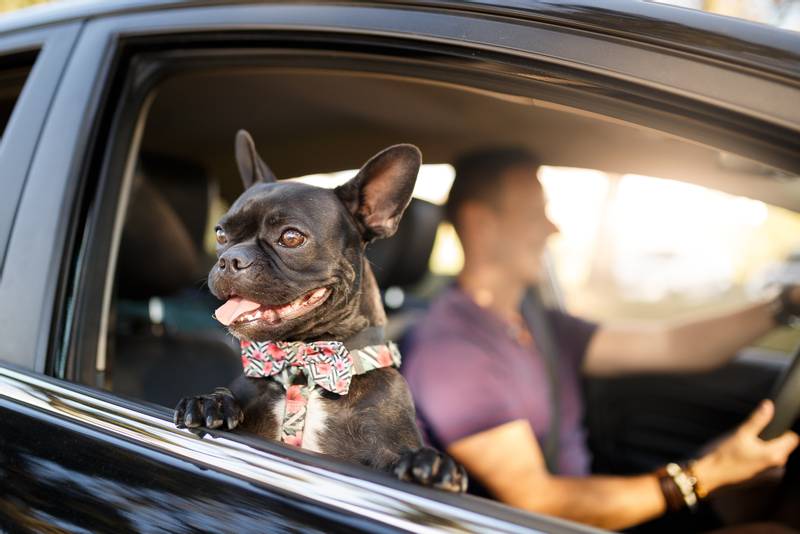
Taking certain medications
You should not use drugs from the anti-inflammatory group (steroidal and non-steroidal) without a doctor’s prescription, drugs from a human pharmacy, such as paracetamol, diclofenac, ibuprofen, ketorol and others, are especially dangerous. In addition to vomiting, they can cause diarrhea, blood in vomit and feces, lethargy, and severe pain in the abdomen. Sometimes bleeding develops, which is complicated by signs of blood loss and shock.
The treatment is symptomatic, gastroprotectors, enveloping, antiemetic, droppers, a special diet are prescribed. Acute blood loss may require a transfusion.
If an operative visit to the veterinarian is not possible
To provide first aid to a pet, first of all, you need to provide the dog with peace. Remove the food bowl for 1-2 hours. If vomiting is repeated, do not postpone a visit to the doctor.
In no case should drugs be given orally with repeated vomiting, the drugs will not just come out back, but can also worsen the condition.
If vomiting is associated with heat stroke, you should place your pet in a cool place, wipe it with a damp cloth, and give free access to fresh water.
In cases with a single vomiting, you need to change the frequency of feeding, that is, feed more often, but in smaller portions. In such situations, enveloping preparations can be used. However, the dose of the drug must be calculated by a veterinarian, moreover, many of them have contraindications.
In order to understand whether it is possible to give this or that medicine to your pet, you can contact Petstory therapists for an online consultation in the mobile application. You can install the application from the link.
Prevention
For the prevention of diseases that cause vomiting, it is recommended to observe the following measures:
- Timely vaccination and treatment of parasites;
- The diet should be balanced and exclude components harmful to dogs: fatty and fried foods, stale foods;
- Avoid picking up on the street;
- Do not give traumatic treats and toys (bones, toys not intended for dogs, horns, etc.);
- Avoid overeating.
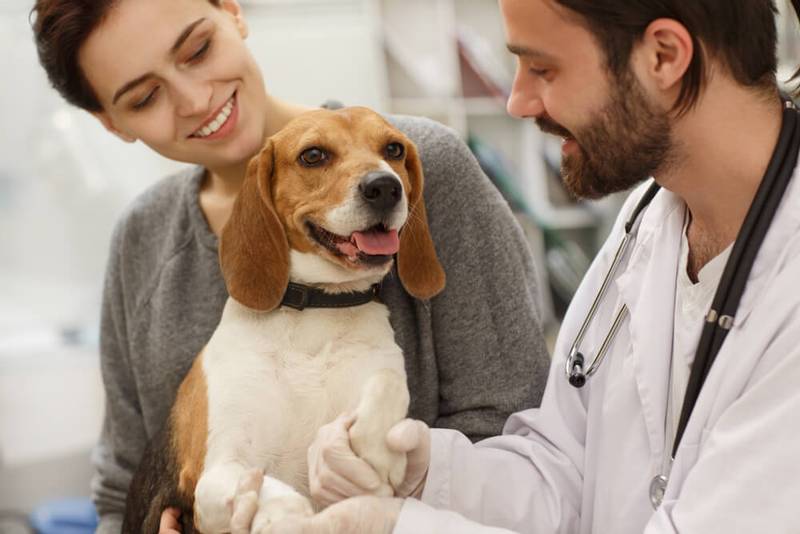
For your convenience, we have prepared a summary table.
| Cause | Symptoms | Treatment |
| Poisoning | Vomiting Diarrhea Lethargy Cramps/trembling Dyspnea Tachycardia | Antidotes Antiemetics Drip infusions Gastric lavage Enterosorbents |
| Obstruction of the gastrointestinal tract: Eating inedible objects, intussusception | Vomiting Lethargy Pain in the abdominal wall Belching Lack of stool | Vaseline oil Operation Painkillers |
| Infections | Vomiting Diarrhea Lethargy Refusal to eat Fever Pain in the abdominal wall | Antiemetics Drip infusions Vitamins of group B Diet Antibiotics Antispasmodics Antipyretic |
| Invasions | Vomiting Diarrhea Parasites in feces and vomit Weight loss Decreased wool quality | Antiparasitic drugs Antiemetics |
| Errors in feeding | Vomiting Diarrhea Pain in the abdominal wall Refusal to eat Lethargy | Diet Antispasmodics Antiemetics Enterosorbents |
| Gastritis, gastroenteritis | Vomiting Decreased appetite Pain in the epigastrium Weight Loss | Gastroprotectors Antiemetics Painkillers Enveloping Diet |
| Diseases of the liver and gallbladder | Vomiting (usually in the morning) Light feces Pain in the right hypochondrium jaundice | Hepatoprotectors Cholagogue Antibiotics Diet Antiemetics |
| Tumors | Vomiting Weight loss | Operation Chemotherapy Radiation therapy |
| Diseases of the pancreas | Vomiting Decreased appetite Weight Loss Praying Dog Pose | Drip infusions Antibiotics Diet Antiemetics Operation |
| Diabetes | Increased appetite Increased thirst and urine volume Obesity Long-term non-healing wounds Acetone smell Cystitis Decreased vision | Hormone replacement therapy Diet |
| Hyperadrenocorticism | Alopecia Thinning and dry skin Increased thirst and urine volume Appetite increase nervous behavior | Hormone replacement therapy Diet Operation |
| Kidney disease and consequent azotemia and uremic gastritis | Increased thirst and urine volume Lethargy Weight Loss Decreased appetite Bad breath | Drip infusions Antihypertensive therapy Diet Antiemetics Gastroprotectors Phosphate binding additives |
| Heatstroke | Lethargy Vomiting Diarrhea Loss of consciousness Rapid breathing Redness of visible mucous membranes | Cooling down to normal temperature Peace Fresh water |
| Uncontrolled intake of certain drugs | Acute vomiting and diarrhea Blood in vomit and stool Lethargy | Antiemetics Gastroprotectors Enveloping Diet Drip infusions Blood transfusion |
| Motion sickness | Vomiting only in transport | Frequent stops Do not feed before the trip Antiemetics of central action |
30 2021 June
Updated: 30 June 2021



